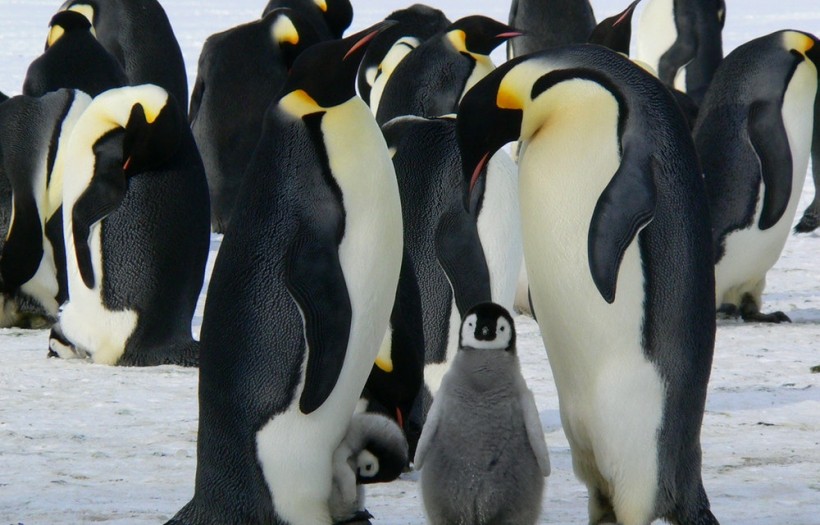Penguins have been victims of climate change for so long. Their history was shaped by the rising and falling temperatures, and their body specialized for some of the planet's most extreme conditions.
Despite this, experts are concerned that the penguin's evolutionary path may be coming to a grinding halt, thanks to what appears to be the lowest evolutionary rates to be detected in birds ever.
Penguin DNA Evolutionary Study: Flightless Birds at Risk as Planet Warms

A collaboration of international researchers recently published the most comprehensive studies of penguin evolution in the journal Nature Communication, titled "Genomic insights into the secondary aquatic transition of penguins," the first study to integrate data from both living and fossil penguin species.
A recent study reveals the deafening life history of the flightless birds, with three-quarters of all known species, now only represented by fossils, already extinct.
Authors of the study write that more than 60 million years ago, the iconic birds evolved to become specialized marine predators, today, they are well adapted to some of the most extreme environments on the planet, reports ScienceAlert.
However, as the penguin's evolutionary history shows, they now stand as sentinels highlighting the vulnerability of fauna that have adapted to the cold in a rapidly warming world.
ALSO READ: Wildlife Threatened by Human Activity, New Data Can Boost Conservation Efforts
Penguin Evolutionary Rates
These black and white birds appear a tad ridiculous on land, awkwardly waddling with their seemingly useless wings. However, underwater, their bodies transform into hydrodynamic torpedoes.
Penguins lost their flight ability over 60 million years ago, before the polar ice sheets formed, in favor of wing-propelled diving.
The fossils and genomic data of the birds suggest that the unique features that enable its aquatic lifestyle emerged early in the bird's existence as a group, with evolutionary rates generally trending downwards over time.
Experts believe that the penguins originated on a Gondwanan micro-continent, Zealandia, not mostly submerged under the ocean.
The paper suggests that the ancestors of today's crown penguins emerged roughly 14 million years ago, 10 million years after genetic analysis hinted at it. This period coincides with a moment of global cooling known as the middle Miocene climate transition. On the other hand, Livin penguins split into separate genetic groups in the past three million years.
The penguins spread across Zealandia before dispersing to Antarctica and South America, with later groups hitching rides on the Antarctic Circumpolar Current. Scientists found evidence suggesting that almost all penguin species experienced periods of physical isolation during the Last Glacial Period.
Experts compared 17 different orders of birds, using several genetic signatures to relate the evolutionary rates closely. The team noticed that aquatic birds had slower rates of evolution than their terrestrial counterparts; hence, they believe adopting an aquatic lifestyle may go hand-in-hand with low evolutionary rates. Also, they believe that evolutionary rates in birds found in cooler climates are lower.
Researchers noted that the ancestral crown penguins evolved at faster rates than today's living penguins, but even then, this was slow compared to other bird species.
RELATED ARTICLE: Three New Salamander Species Discovered in the Appalachian Mountains
Check out more news and information on Animals in Science Times.



![Earth's Quasi-Moon Kamo‘oalewa Could Originate From Lunar Surface Not Asteroid Belt [Study]](https://1721181113.rsc.cdn77.org/data/thumbs/full/53275/89/56/50/40/earths-quasi-moon-kamo-oalewa-could-originate-from-lunar-surface-not-asteroid-belt-study.png)










